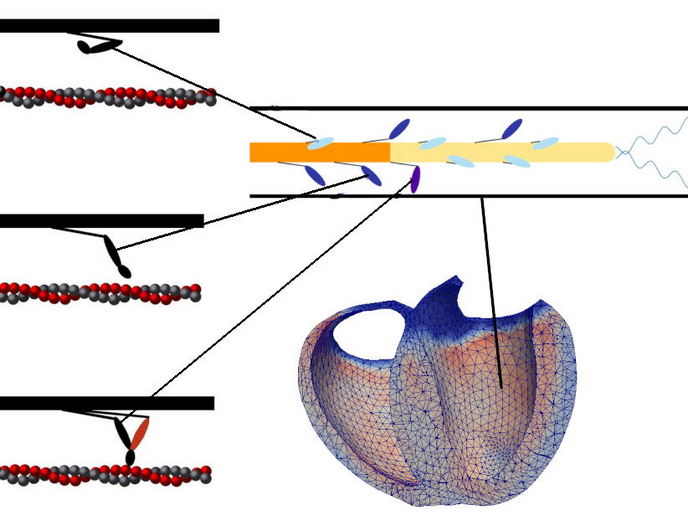Paleo diet of extinct animals
Most of the evidence for the diet of extinct animals is deduced from morphofunctional studies. A classic elementary approach would be to look at the type and condition of teeth – long canines infer a carnivorous diet, for example. Trophic relationships within extinct ecosystems remain largely unexplored, a large gap in ecosystem dynamics across major events that affected the biosphere through time. The 'The significance of stable isotopes as dietary indicators in ancient terrestrial ecosystems' (SSIDIATE) project has studied the geochemical makeup of apatite (calcium and magnesium isotopes), a major constituent of bones and teeth of vertebrate animals. For comparison, researchers extracted and fractionated the range of chemical forms – isotopes – of magnesium in bones and teeth from two mammal groups from South Africa. SSIDIATE scientists have also perfected the extraction and analytical protocols for calcium isotopes in bones from forests at the equator. Plant remains as well as tooth samples were the source of magnesium, calcium, carbon and oxygen isotopes from another modern ecosystem in equatorial Africa. The research has resulted in a large database of new isotope values for calcium, magnesium, oxygen, carbon and strontium, also found in bone and vegetation. For the future, the isotope ranges can be compared with those in the remains of extinct animals in fossil records to reconstruct the diets of ancient communities.







